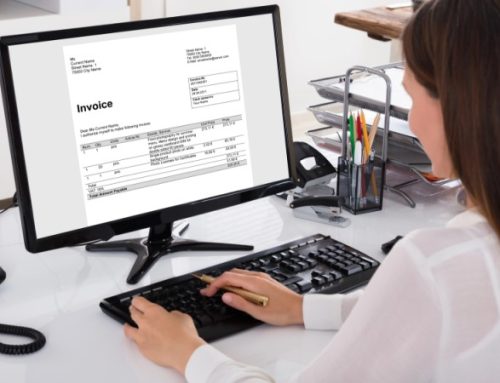The networked Smart Home diligently generates sensitive and personal data. Where should it be stored and how secure is your data in the cloud?
Smart Home Services like Amazon Alexa, Google Home or Apple HomeKit
Have you ever thought about Smart Home and the Cloud? These questions concern companies with alarm systems and surveillance cameras as well as private households that control their heating or shutters. After all, Smart Home components and sensors continuously record data that needs to be evaluated and stored. So it makes sense to store this data in the cloud. So it is not surprising that every large cloud service provider also offers smart home services. Amazon Alexa, Google Home or Apple HomeKit are just a few of the countless possibilities in this market segment.
There are also providers for companies that specialize in building monitoring and management. But all of these have one thing in common: to work, data must be evaluated and stored. This is sensitive data in real time. For example, the video feed of a surveillance camera. So the question is to whom do you entrust this data? However, before we discuss this more explicitly, we would like to briefly explain to you what Smart Home actually is.
What is Smart Home?
Smart Home describes the networking of electronic components and various measuring points as well as sensors for the purpose of increasing comfort, safety and energy efficiency. Networking can be wired or wireless using various connection protocols. For example, the smart home includes the networking of switches and sockets, lamps and roller shutters or thermostats and electricity meters. This also includes connecting consumer electronics to the home network, the intelligent alarm system or security technology in the company.
As the Internet of Things (IoT) advances, more and more components can be integrated. The whole thing is addressed and managed via the home network and/or the Internet. As soon as access from outside is possible from the Internet, you should think about data security and data protection. From this moment on, there is a potential risk of an external attack or data leakage. This is not only a nightmare for companies, private households should also be aware of it. An example of this is the headline that made people look good a few years ago: “Hackers transfer live material from webcams to YouTube”. To make sure this doesn’t happen to you, watch out for the following.
How do I securely connect Smart Home and the cloud?
All devices and Smart Home components regularly record data. That’s not bad in itself, because they’re designed to do just that. It is important that they are not directly accessible from the Internet and that you adapt the respective access data by using secure passwords and changing them regularly. A firewall and network address translation (NAT) go without saying. You should also choose a confidential service provider that stores this data securely. Choose a provider that does not allow any data to leak out, as it is based on closed systems. But as soon as you want mobile access to your smart home or smart office from your smartphone while travelling, you need an Internet connection. So install another security barrier. Encrypt your data!
Nobody can do this better than TeamDrive. Run TeamDrive on your home or company server, which, for example, hosts the video feeds of your surveillance cameras. This allows you to create your own High Security Private Cloud, which you can only access with end-to-end encryption. In addition, the data on the server is also encrypted and unreadable even in the unlikely event of a data leak. Another important advantage of this solution: TeamDrive creates continuous backups of this data virtually by itself. This allows you to access this data even after a system crash.




